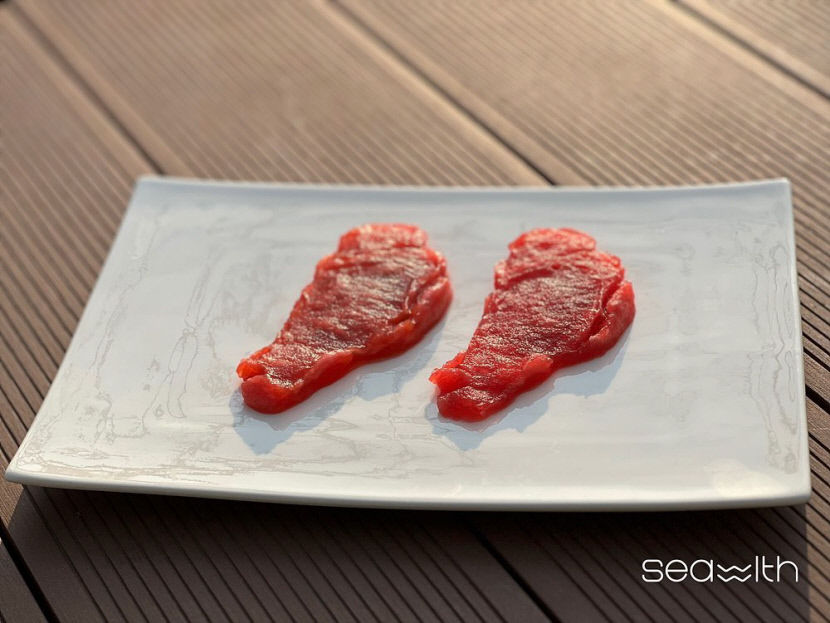

New study challenges assumptions about Stone Age diet
A recent study published in Nature Ecology & Evolution challenges our traditional ideas about what Stone Age people ate. Previously, the Paleo diet was thought to represent the typical diet of our hunter-gatherer ancestors. This diet emphasizes lean meats and fish alongside fruits, vegetables, nuts, and seeds.
However, researchers analyzed remains from a 15,000-year-old burial ground in Morocco. Using a technique called stable isotope analysis, they examined the chemical signatures in bones and teeth. The results showed that plants, including acorns, pine nuts, and wild pulses, formed a significant portion of this population's diet. This suggests meat may not have been the primary source of protein as previously believed.
The study also found evidence of cavities in the teeth, hinting at the consumption of starchy plants like roots and grains. This is particularly interesting because it suggests these people may have been developing ways to cultivate plants much earlier than the traditional timeline for the agricultural revolution.
The researchers believe this population may have practiced early forms of plant management, such as planting and harvesting wild cereals. This could have been a stepping stone towards the development of agriculture in the region.
Overall, the study highlights the importance of plants in the diet of this Stone Age population. It suggests they relied more heavily on plants than previously thought, and may have even begun experimenting with early cultivation techniques. The research team plans to continue studying Paleolithic sites in North Africa to learn more about ancient diets and their impact on human evolution.
If you have any questions or would like to get in touch with us, please email info@futureofproteinproduction.com






